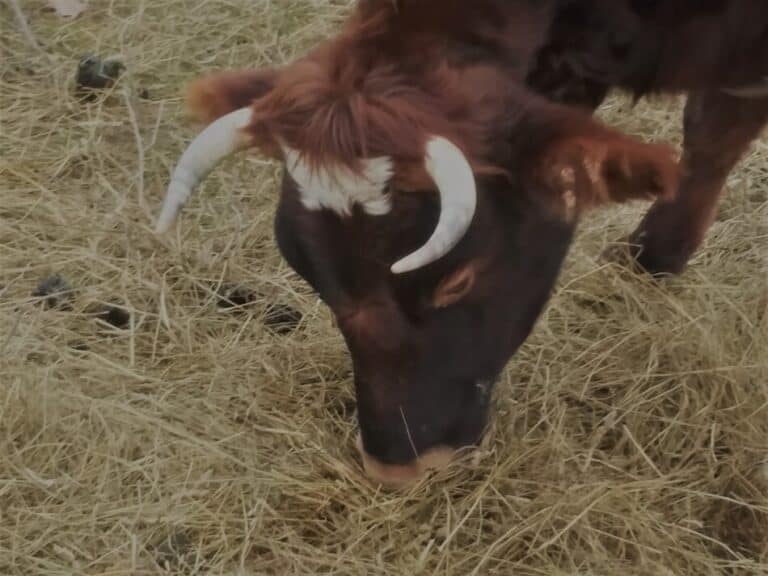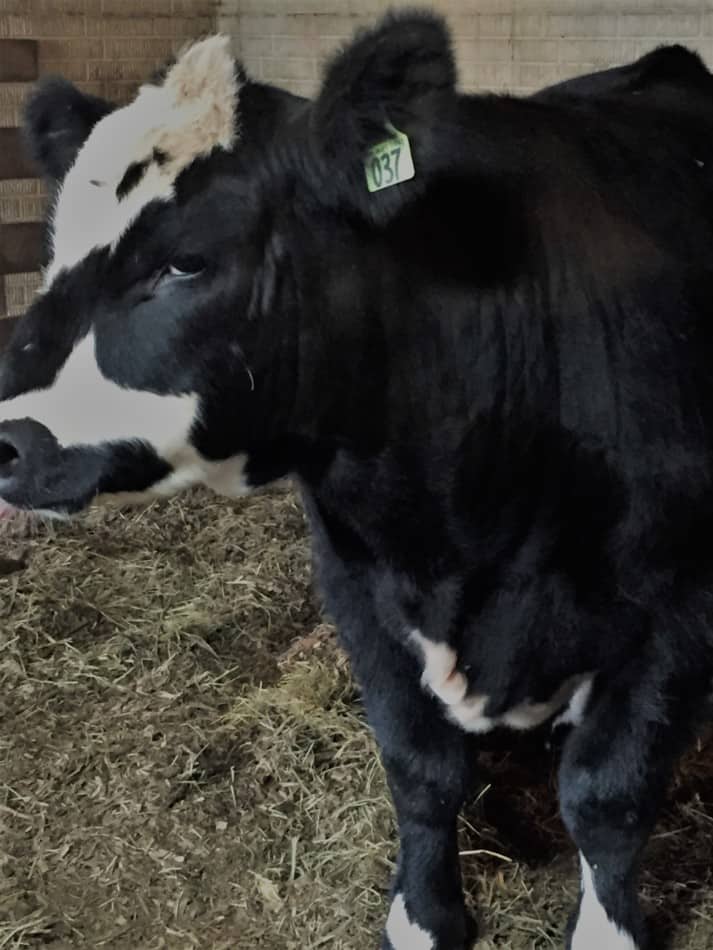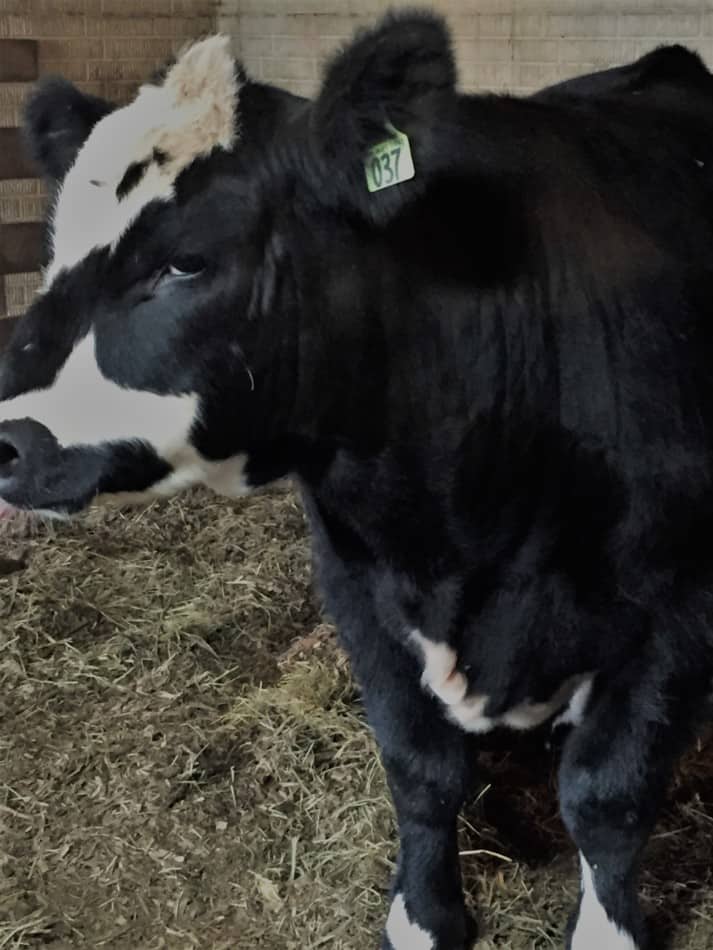Cattle Rustling: Not Just In The Movies!
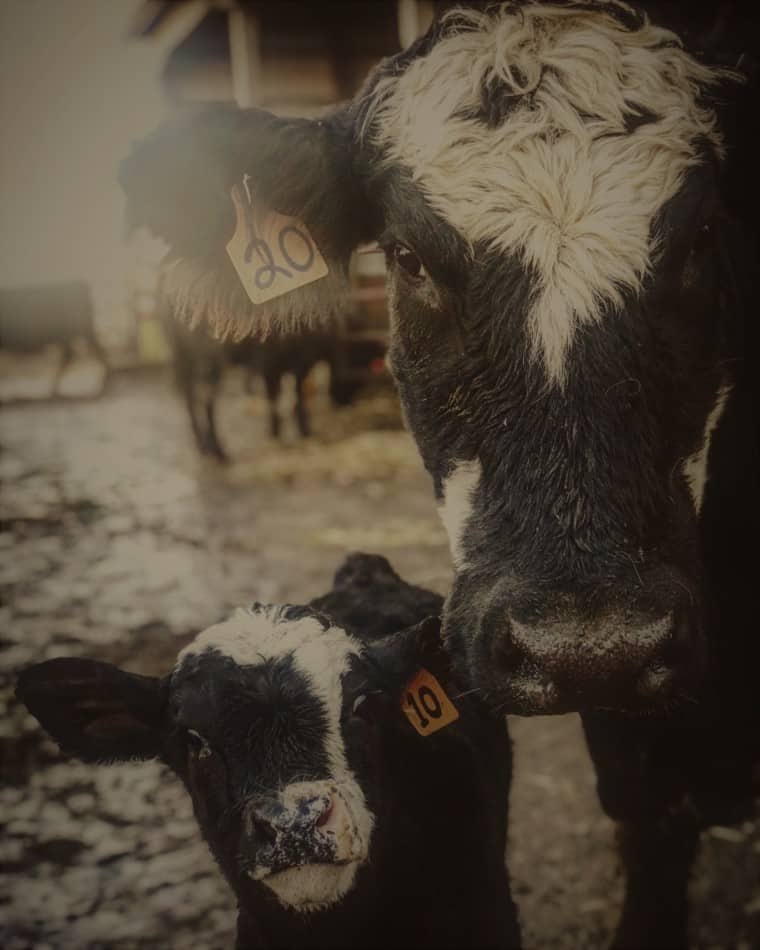
When I think of cattle rustling, I picture an episode of Bonanza or a John Wayne movie. What about modern times? Does cattle rustling still happen today?
Cattle rustling is when people take and sell cattle they do not own. Cattle rustling is an old practice that still continues today.
Mention cattle rustling and this is what happens for me: In my mind I see clips of old television shows featuring the wild west compete with cattle drives, wide open ranges and saloons (so we can be sure to see a few bar fights, of course).
To me cattle rustling is a thing of the past, but that just goes to show that, while I own a few cattle, I am not a cattle rancher.
Sadly, cattle rustling is very real and a continuing problem for ranchers.
Beef: Grass Fed vs Grain Fed will go over the main differences in the way the cattle are raised so you know what you are buying and can intelligently decide where to spend your money.
Cattle rustling is stealing cattle
Cattle rustling is taking cattle that belong to someone else and selling them.
The thief gets all of the money for the cattle and the owner is stuck with the expenses he put into raising those cattle but has no income to pay those expenses.
That makes the state’s far-flung herds an attractive target of opportunity, as stolen cattle — if they remain undetected when they’re brought to market — yield the same price as legal cattle.
Colorado Sun, Kevin Simpson
Cattle rustling is viewed as easy money.
The thief did not raise, feed or care for the steer, all of which costs money and time, but would get all of the money from selling the steer.
Since the steer can be worth over $1,000 each, depending upon the beef market prices, of course, it can be easy to see why cattle rustling would look attractive to criminals.
This would be no different than me swiping your car and selling it for cash a few hours later.
You worked and saved for that car. I decide that I want money, but don’t want to bother getting the money legally.
Since my needs are more important than yours (in my mind), I steal it and profit from selling your asset. No way would you be fine with that! It’s the same with stealing cattle.
What’s to gain for the rustlers?
That’s an easy one, the cattle rustlers are gaining money.
The next quote is an example, including estimated value of the 56 cattle stolen, from rancher, Ray Wooters of Aurora, Colorado.
Wooters estimated the value of the cattle at about $75,000 and says all were branded and numbered. He contacted sale barns in the area to be on the lookout, but tracks from the herd disappeared at a common point, suggesting that they’d been loaded onto a vehicle.
Colorado Sun, Kevin Simpson
The penalty for cattle rustling varies
The penalty for rustling cattle varies per state and how many cattle were stolen. Here is an example from Cornell.edu.
U.S. Code § 667.Theft of livestock
https://www.law.cornell.edu/uscode/text/18/667
U.S. Code
Notes
prev | next
Whoever obtains or uses the property of another which has a value of $10,000 or more in connection with the marketing of livestock in interstate or foreign commerce with intent to deprive the other of a right to the property or a benefit of the property or to appropriate the property to his own use or the use of another shall be fined under this title or imprisoned not more than five years, or both. The term “livestock” has the meaning set forth in section 2311 of this title.
(Added Pub. L. 98–473, title II, § 1111, Oct. 12, 1984, 98 Stat. 2149; amended Pub. L. 103–322, title XXXIII, §§ 330009(b), 330016(1)(L), Sept. 13, 1994, 108 Stat. 2143, 2147.)
Is cattle rustling a hanging offense in Texas?
In the Wild West of the 1800s, rustling was a hanging offense. Theft of a single head of cattle these days in Oklahoma can bring from three to 10 years behind bars. In Texas, it is a third degree felony to steal livestock and can bring two to 10 years in prison.
Reuters, Jon Herskovitz, Heidi Brandes
It used to be, but now cattle rustling is not a hanging offense, in Texas or any other state.
Cattle rustling does earn the rustler a penalty of years in jail and fines, but no longer hanging.
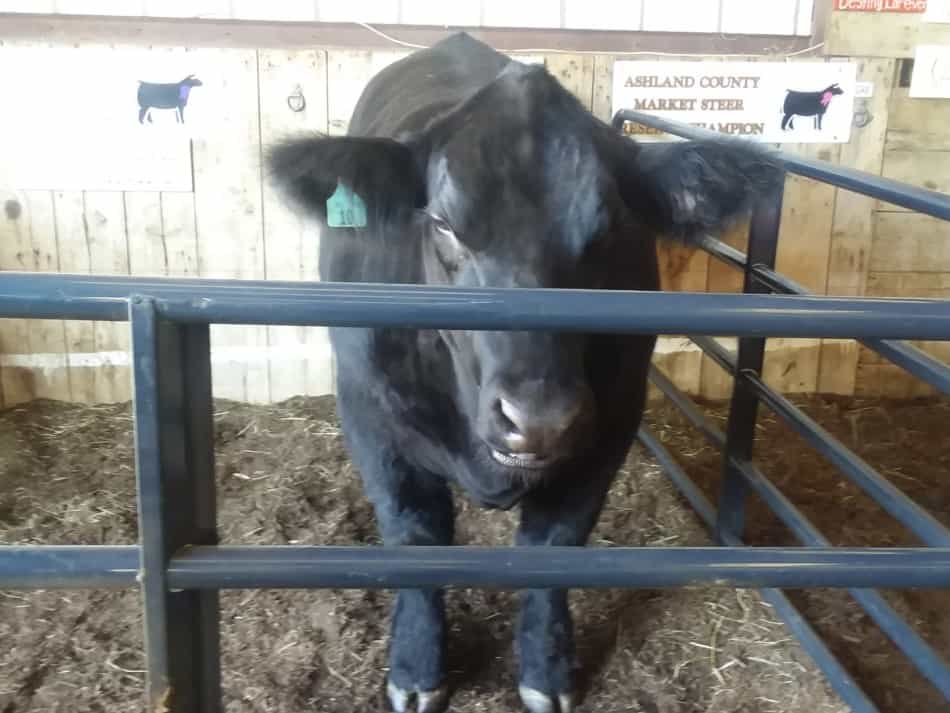
You stop cattle rustling by branding
In the areas where cattle rustling is a likely to occur, there are safety measures in place to help stop the problem.
The main way to stop rustling is to brand the cattle.
Brands are created and kept track of by the state. When a ranch applies for a brand, they get a unique design that is only to be used on their cattle.
The brand is also applied to the steer in a specific spot on the body.
These two measures help the other people, brand inspectors as well as auction personnel, who would see your cattle off of your ranch to identify the cattle as yours.
For instance, auction employees get to know each ranch and the brand associated with that ranch so when someone else brings in a load of your cattle, they know something is up.
Maybe the ranch just hired a new driver? Or this is someone who stole cattle from you.
Clearly branded cattle make it easy for a person to notice someone trying to steal cattle and have information to give the authorities.
Brands are the difference between “Yep, I saw some cattle brought in by a new guy” to “Yep, I saw those cattle, they had a brand that looked like…”
The second answer is much more helpful.
Stealing cattle is a felony
Current law punishes cattle thieves with a third-degree felony, which is punishable by as much as 10 years in prison and a fine of as much as $10,000 if they steal more than 10 head of cattle, horses or exotic livestock.May 13, 2009
https://www.beefmagazine.com › 0514-cattle-rustling-penalties-texas
Stealing livestock is a felony.
To a person without experience raising livestock, cattle rustling being a felony may seem to be severe. After all these are just cattle, right?
True, they are “just cattle”, however, those “just cattle” are valuable. (Especially to the person who has spent months taking care of and investing quite a bit of money into each one.)
Generally speaking, consider each market weight steer (or heifer) to be worth $1, 000. Of course, price will be based on the quality of the steer and market prices vary with demand, but let’s just go with the $1,000 for easy math.
For each steer that is stolen, that rancher lost $1,000 worth of income for the year. Rustling 10 or 15 cattle means stealing $10,000-15,000 worth of assets from that ranch.
The next quote illustrates how quickly the numbers can add up to big money.
Three arrests and six counts of theft have been made after Louisiana Department of Agriculture and Forestry Brand Commission discovers $1 million worth of cattle sales missing from Louisiana sale barns.
Drovers.com, Taylor Leach
As a family effort, Ricky and Wanda Thompson, along with their 39-year-old son, Justin Thompson, are facing jail time after allegedly stealing from four of the eight different livestock markets across Louisiana. Charged with six counts of property theft having a value of $25,000 or more, the thefts occurred between August and October 2017.
Wow, that’s a lot of cattle! And not exactly a genius plan, since an auction would certainly sit up and take notice when they were missing scads of money from their sales.
The auction sold the cattle, the cattle left but the auction never got paid, that won’t last long, for sure.
In this case, all of the people who sold cattle through the auction barns got paid (according to the article in Drovers).
This is the reason why auctions are licensed and bonded by the state. If someone does not pay for cattle they purchased or just plain took, the sellers always get their money.
Granted, this doesn’t help the auction barn get the money owed but does protect the seller of the cattle.
Stealing cattle to fund drugs
Sadly, for all of us, addiction is everywhere and definitely does not stop at the city limit sign.
If the criminals can get away with it, rustling cattle, for any reason, can seem like an easy way to make a quick buck.
No matter how you look at it, or for what reason the livestock is being taken, cattle rustling is stealing.
Here are some quotes from the “cattle cop” of Oklahoma, Jerry Flowers, that speak to the rustling of cattle for drug money.
One thing he (Jerry Flowers) sees — anecdotally, if not statistically — in Oklahoma that Colorado investigators have not is a connection between cattle theft and drug trafficking, particularly methamphetamine.
Colorado Sun, Kevin Simpson
Among Oklahoma cattle thieves, about 75 percent are doing so to feed addictions, most often to methamphetamines, according to Jerry Flowers, a retired Oklahoma City police detective and the state’s top “cattle cop.”
Reuters, Jon Herskovitz, Heidi Brandes
“Some city meth head is going to be kicking your door in and taking your TV. An outlaw here in the country is going to be cutting your fence and taking your cattle,” said Flowers.
Reduce cattle theft by branding
One of the main ways to reduce the chances of cattle being stolen is permanent identification in the form of branding.
There are two types of branding hot branding and freeze branding, either one will work to create a permanent mark on the hide of the cattle.
States with large cattle populations have a branding system that assigns each ranch a unique brand and keeps a running list of those brands.
The branding system is in place to help reduce the likelihood of individuals profiting from stealing cattle.
The catch is the only way that the brand inspectors can help the cattle ranchers is if the ranchers are branding their cattle.
The best way to keep your cattle from being stolen is to make them a less desirable target for thieves with branding.
Other identification options for cattle
Tattoos are also an option, but are hard to read unless you have the steer held in a squeeze chute or head lock and even then he has to be feeling cooperative if you are to stand a chance of reading the tattoo.
This of course implies a well made easy to read tattoo. A poorly done, barely there tattoo makes an already tough task (reading the tattoo), more difficult.
Most auction barns selling livestock are not going to have the time to batten down each steer in order to check an ear tattoo.
Tags vs Tattoos is an article I wrote going over the advantages and disadvantages of each.
Ear tags would be the easiest identification for another person (buyer, seller or thief) to read but they are also the easiest to switch or just plain cut out.
Ear tags are infamous for not staying put.
Tags are ruled out as permanent identification, since they can handle the identification part but regularly fail the permanent part.
The short version: permanent cattle identification requires branding.

